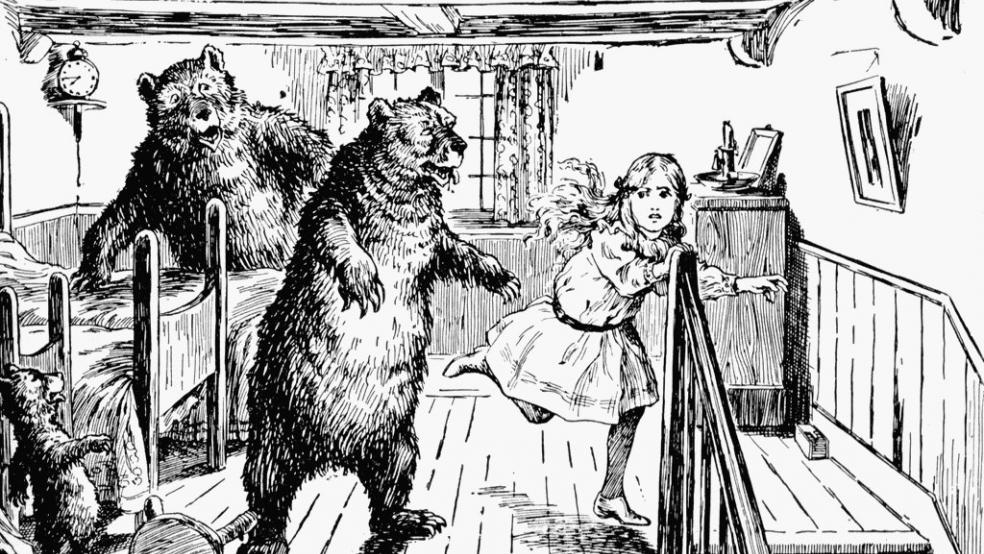Stocks are surging in the wake of Friday’s employment report showing that the U.S. economy added 223,000 jobs in April. Several economists and market analysts quickly called that headline figure a “Goldilocks” number — not so hot that the markets have to worry about the Fed moving to raise interest rates sooner than expected, but not so cold as to cause concerns that the weakness of the first quarter, and March in particular, may extend well beyond the winter.
Similarly, that modest growth in average hourly earnings rose 0.1 percent to $24.87, up 2.2. percent from last year, was strong enough to indicate decent economic progress but soft enough to ward off any fears of inflation or economic overheating that might prompt the Fed to jump into action as soon as June.
“There is little new information in this report to alter the Fed’s analysis of the current economic situation,” Doug Handler, chief U.S. economist at IHS Global Insight, wrote in an email.
Related: The Pain the Job Numbers Don’t Show
It’s true that March now looks even worse than it did before, with a relatively weak gain of 126,000 jobs revised down to 85,000, but the April gains suggest that disappointing growth was significantly affected by poor weather. Construction employment rebounded last month, as did jobs in restaurants and bars, helping to bring April’s total closer to the 249,000-a-month trend of the last 12 months. Other areas, like manufacturing and mining, remain weak.
“While it's obviously hard to draw firm conclusions from one month's report, it does feel like the period of extreme labor market outperformance may be waning, and the trend in job growth is going from great to good,” J.P. Morgan economist Michael Feroli suggested in a research note.
But if the markets see Friday’s numbers as being “just right” for now, it might be instructive to remember how the Goldilocks fairy tale ends: The young girl, asleep after downing a bowl of lukewarm porridge, gets roused from her slumber by the bears who have returned home. In some older versions of the story, she is almost eaten by the bears, but in the modern telling of the tale she bolts out of the house and into the forest.
Related: 7 Quirky Economic Indicators – from Dogs to Guns
Either way, the point remains that the market may be satisfied with the status quo for today and the next few months, but at some point, the lukewarm porridge the economy keeps serving up might not be enough. Or perhaps, with the unemployment rate now at 5.4 percent — its lowest level since April 2008 — and wages edging higher, Fed officials will eventually reach the point where they feel comfortable hiking rates. Some hot or cold turn could shake the market out of its comfortable slumber, and the question remains whether that, like in the fairy tale, will allow the bears to have their revenge.
Top Reads from The Fiscal Times





